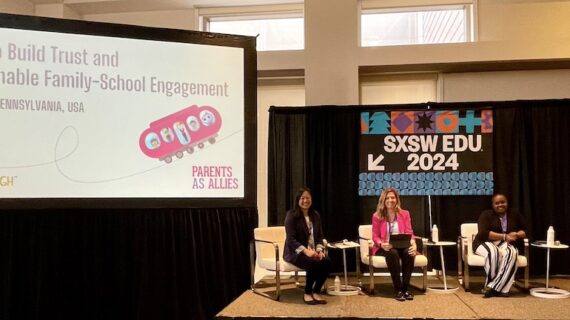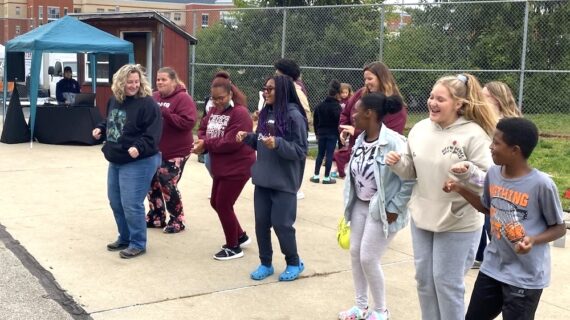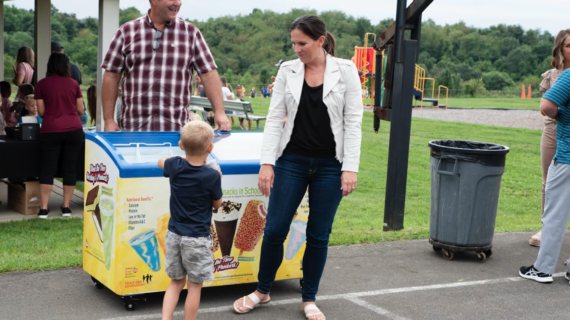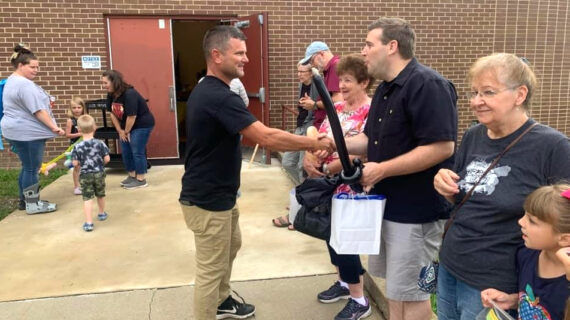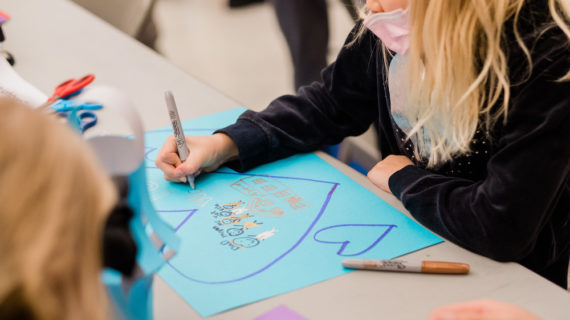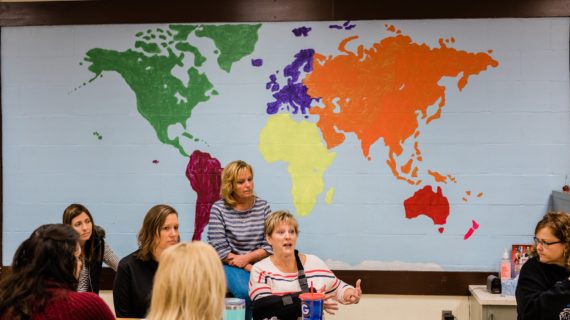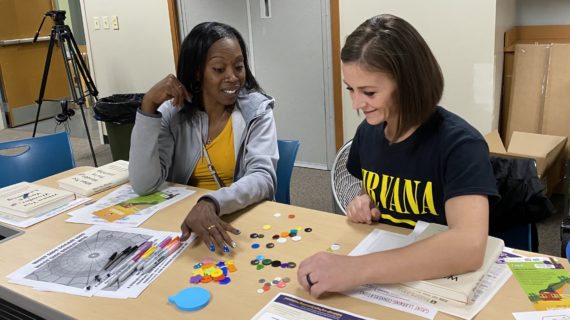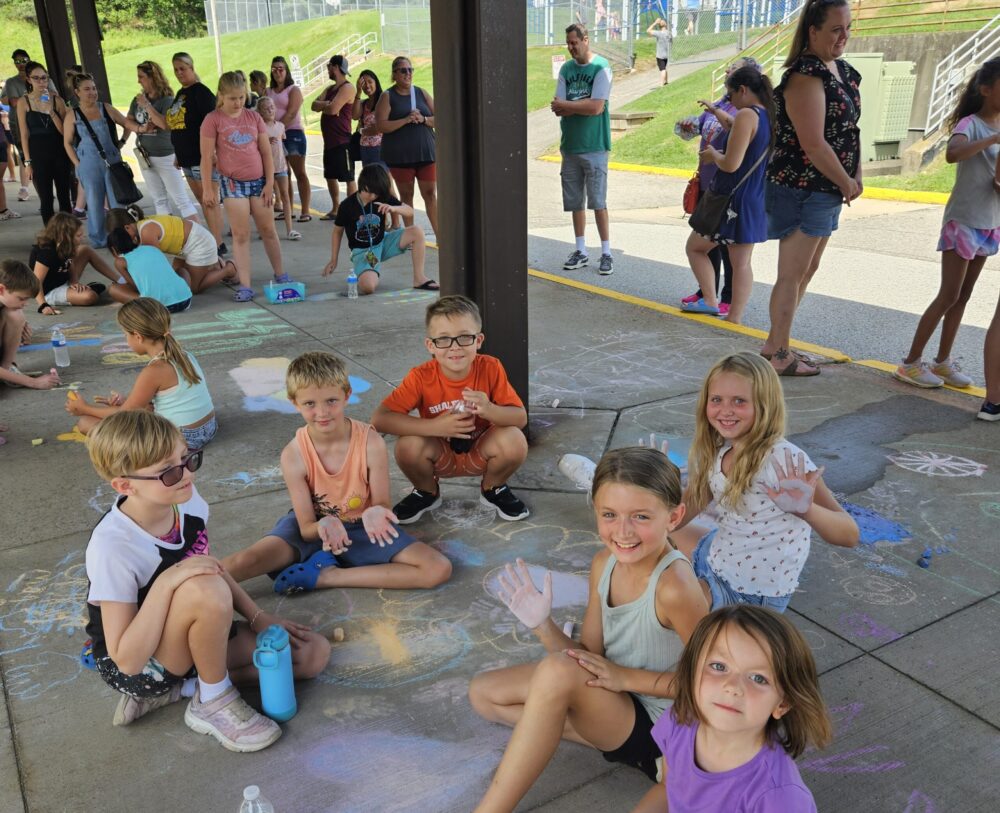
Parents as Allies: At Shaler, moving to a new school has become less intimidating for kids and parents
Photos courtesy of Parents as Allies/Shaler Area S.D.
Nearly 4,000 kids head to school each day in the Shaler Area School District just north of Pittsburgh. The littlest learners – those in kindergarten through third grade – gather at the district’s four primary schools, which are just as cheerful and welcoming as you might imagine.
These primary schools are spread out among the four communities that Shaler Area serves – Millvale, Etna, Reserve, and Shaler Township. So the district’s smallest learners don’t have to travel far from their homes to reach their classrooms each day.
Things change a bit, though, once those students transition to fourth grade. Kids from all four primary schools are brought together at the district’s elementary school, which includes kids up to sixth grade. Bigger building, bigger kids in the hallways, perhaps a longer trip on the school bus – it’s a lot.
Parents and kids alike may feel apprehension along with excitement when fourth grade approaches, says Ian Miller, the principal at Shaler Elementary. There are a million questions – and when Miller and his team began participating in the Parents as Allies family/school engagement project, they realized that the school might not be helping families through this transition as well as they might.
After COVID, “it felt like there was a bit of a disconnect with the community,” Miller says, and “the teachers were also feeling the same disconnect.”
Parents as Allies (PAA) has helped dozens of school districts throughout the Pittsburgh region to improve family/school engagement by forming teams co-led by school staff and parents. These teams use design thinking to increase communication and create an authentic community.
At Shaler, the work focused on that big shift from primary to elementary school. The goal: Make sure those families felt like a valued part of the school community.
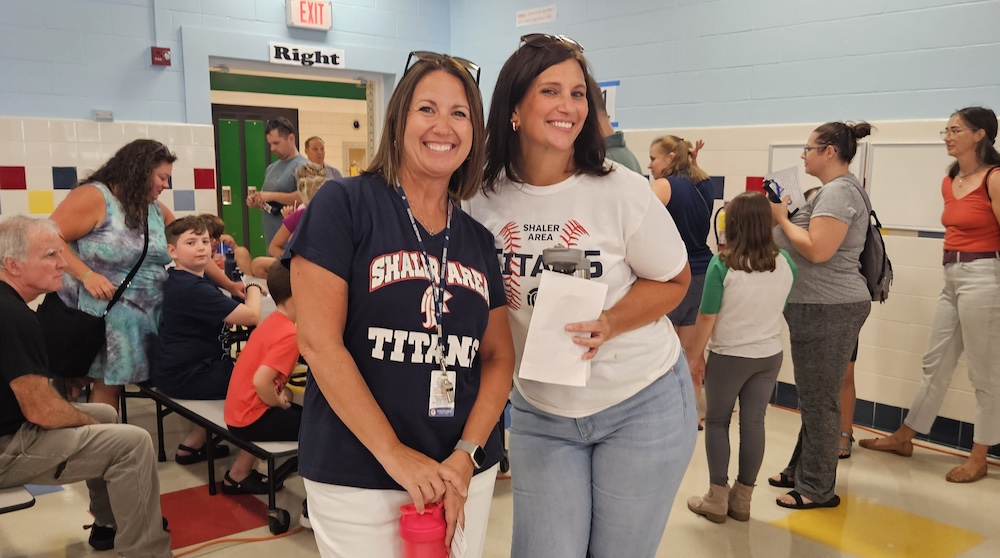
WHAT DID THEY TRY?
Step one was gathering data. The team asked for honest, no-holds-barred feedback from families who have been in the district for a while and had multiple kids pass through the various schools. And they surveyed current fourth-graders and their parents, asking what their transition experience had been like.
People spoke up: Use the Remind app to help us know what’s going on, they said. And bring back the old newsletter that had gotten phased out.
They also brainstormed: What type of event could we create to support third-graders and their families before they make the move to the elementary school?
“We realized we were missing an opportunity for families and teachers to get to know each other, to just socialize,” Miller says. The students also needed to meet kids from the other primary schools, so they knew more of their new classmates on the first day of fourth grade.
The event, held on a Sunday as the 2022-23 school year was about to begin, was a hit. About half of the incoming fourth-graders and their families attended. Kids ran around on the playground while parents talked to one another and got to know the teachers, and everyone enjoyed cold drinks and Italian ice.
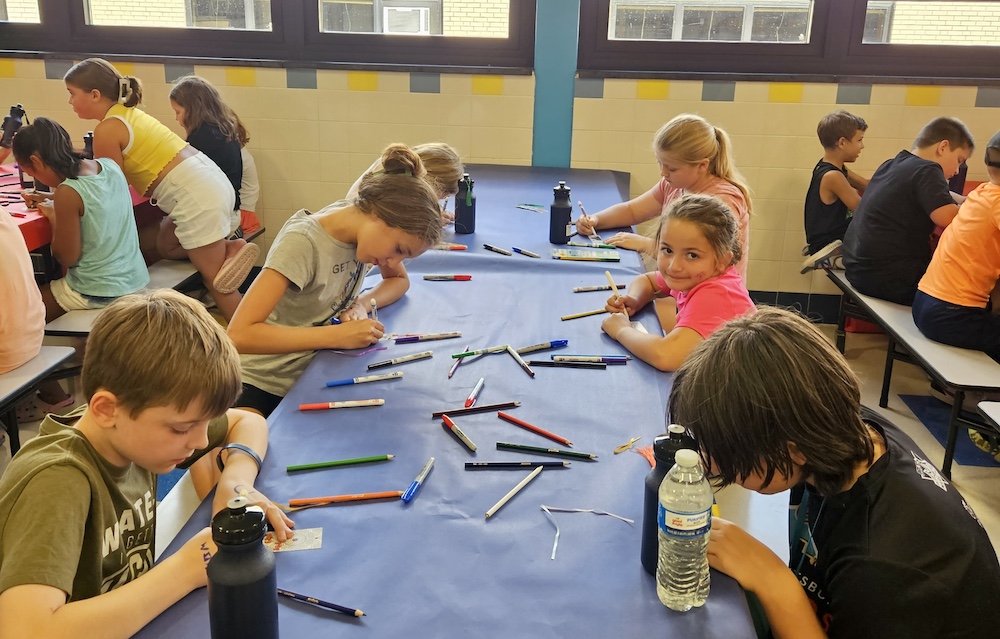
As the school year got rolling, teachers found that they had fewer anxious kids – and fewer anxious parents.
It’s become an annual event at Shaler, and attendance has grown. The district even used some of its PAA grant funding to buy a slushie machine so it can create its own refreshments at future gatherings.
That success inspired the district to look at the transition from sixth grade to seventh, which is when middle school begins at Shaler. The carnival-style Sixth Grade Send-Off, complete with a dunk tank and plenty of indoor and outdoor games, has become another tradition at Shaler.
More than 50% of sixth-grade families attended the event in the spring of 2023 and the district is expecting an enthusiastic crowd at this spring’s carnival. Slowly, the elementary school families and school staff are getting to know each other better, and seeking new ways to help all of Shaler’s kids learn and grow.
WHAT WOULD THEY TELL OTHER SCHOOLS?
- Gather the team with credibility. Shaler brought together school staff who were committed to this work and parents who were ready to be open and honest – and even critical of the school.
- Start small. Rather than try to improve family/school engagement throughout the district from day one, they started with the transition from primary to elementary and then branched out as they made progress. You can’t let this work balloon into something unmanageable, Miller says.
- Help teachers and staff accept the need for progress. Teachers may not love hearing from parents that they need to improve our communication. “When we tried something new and it worked and provided positive results, there was a mindshift,” Miller says. “Sometimes we have to check our ego and listen.”

